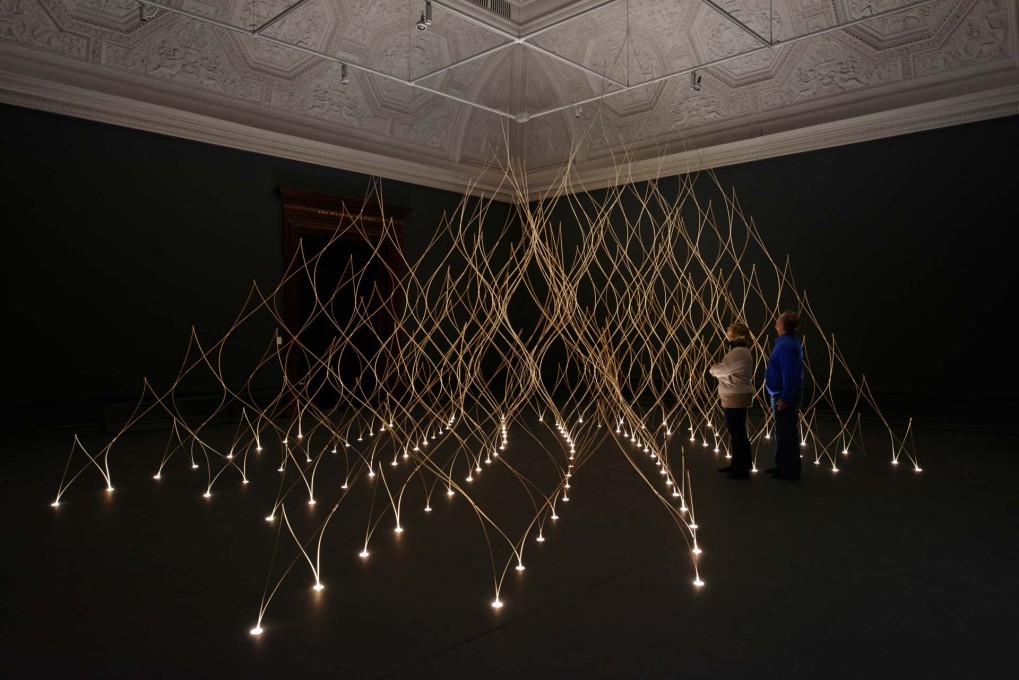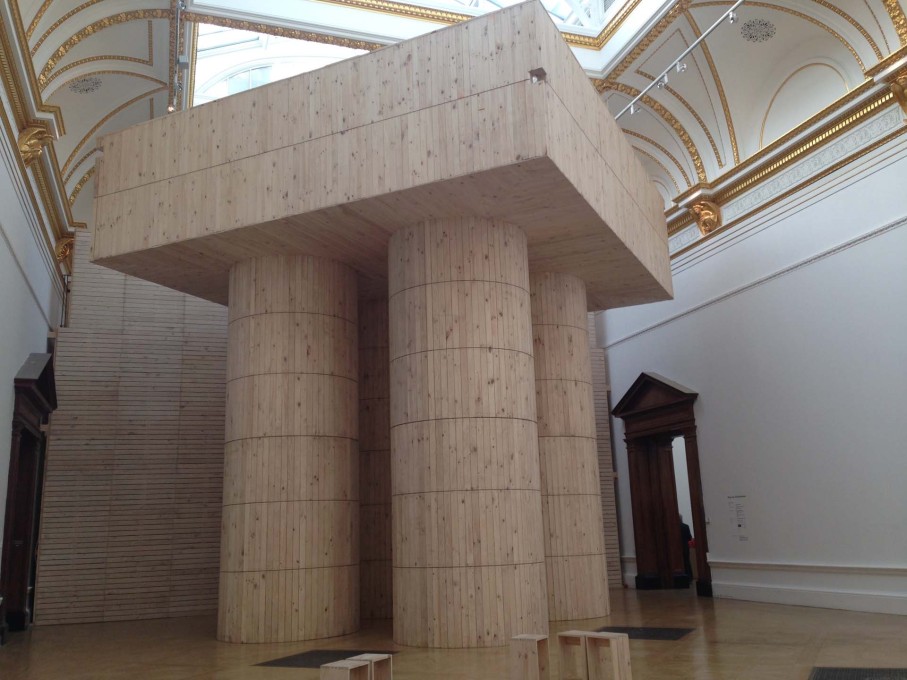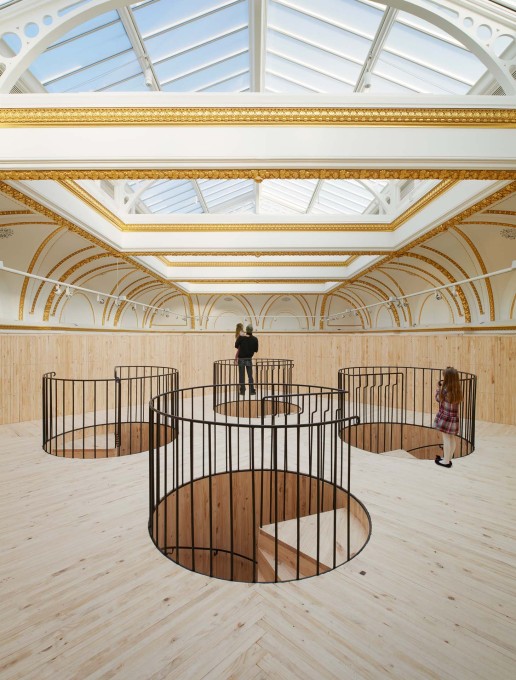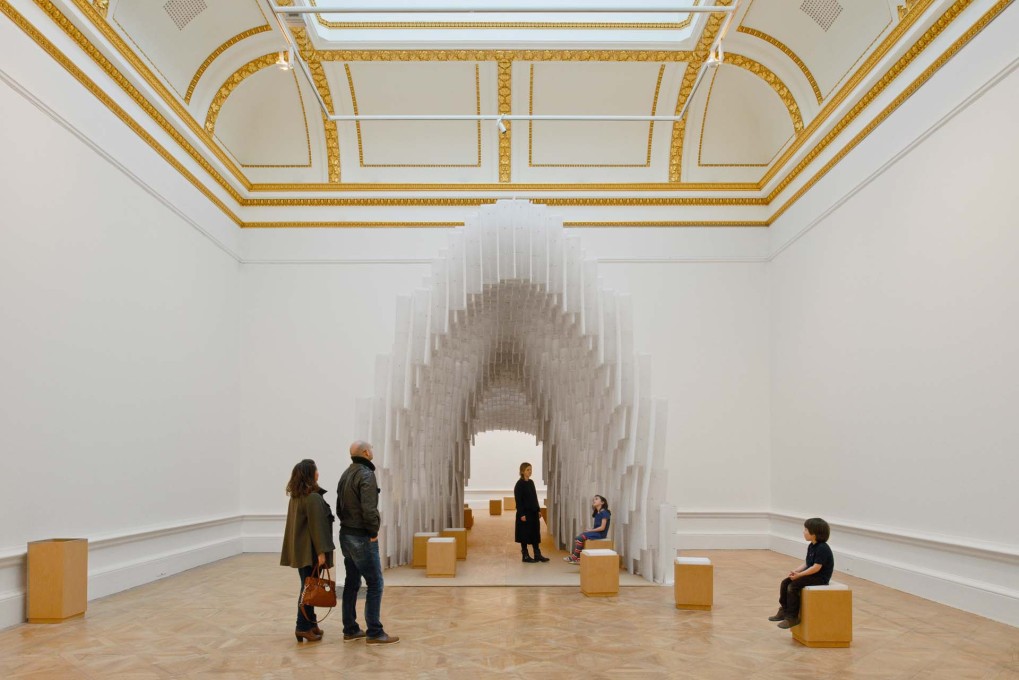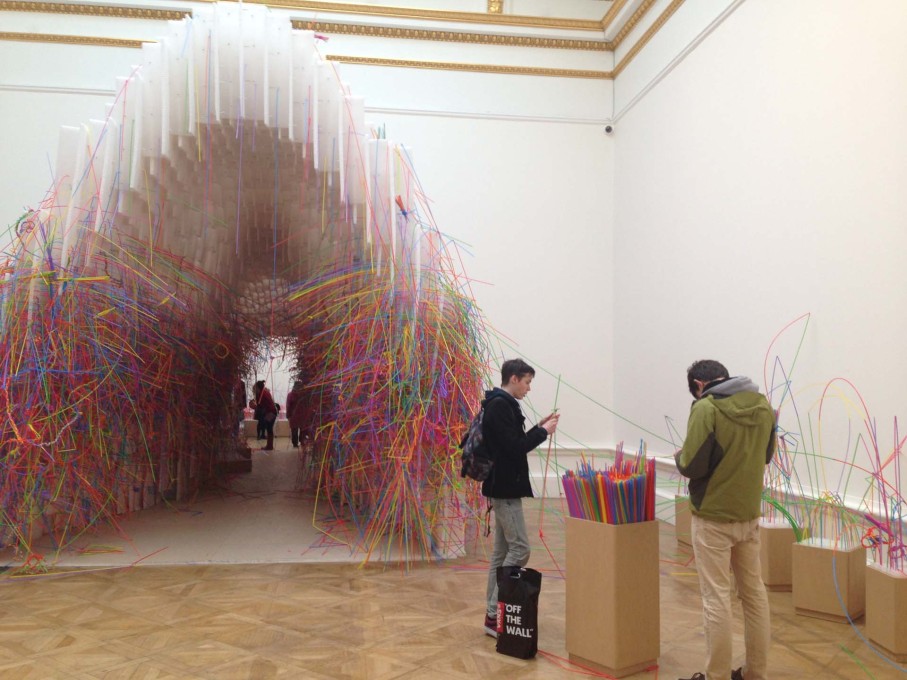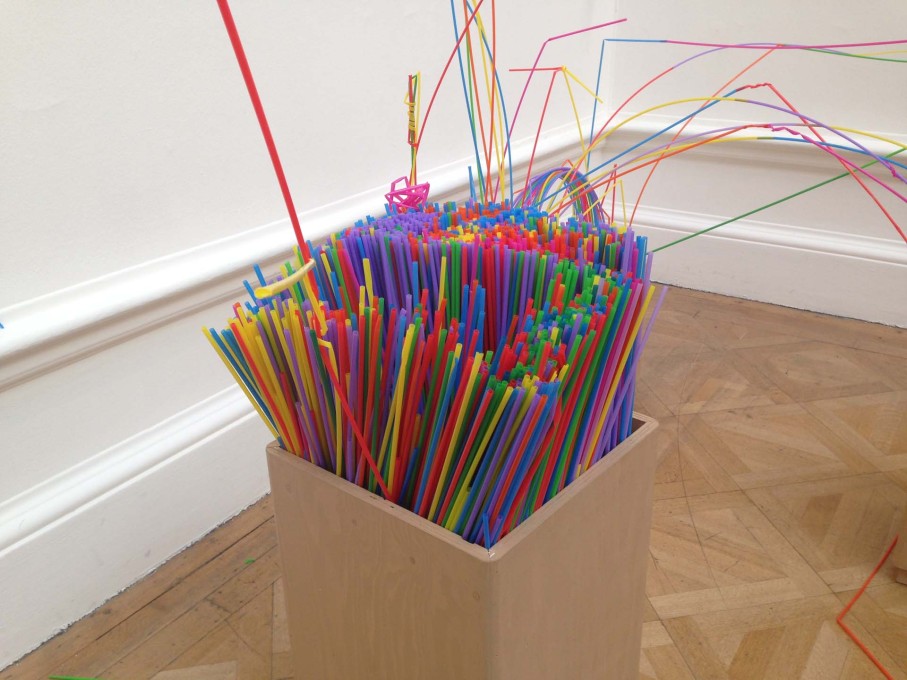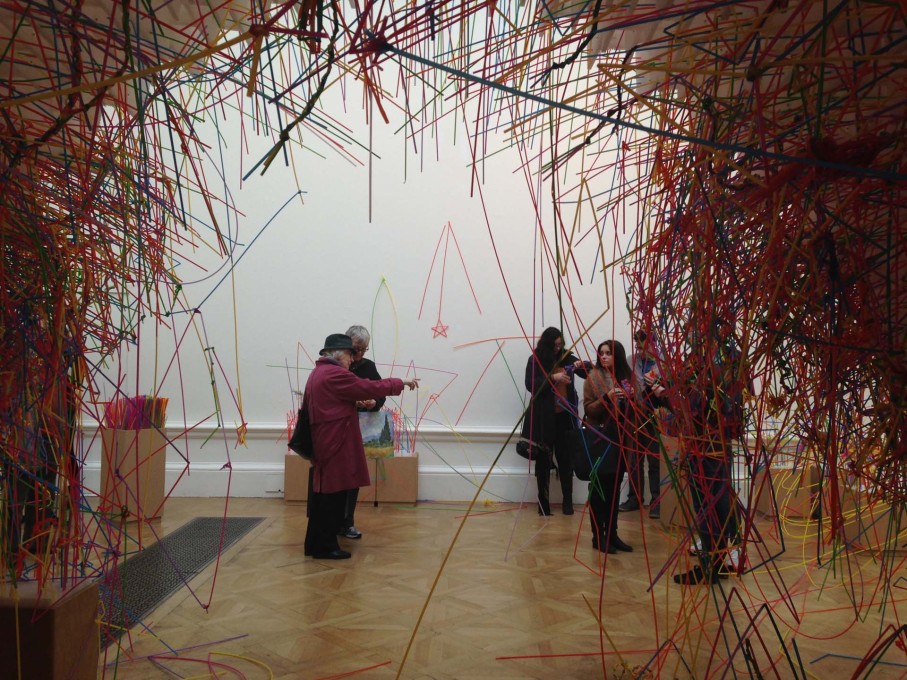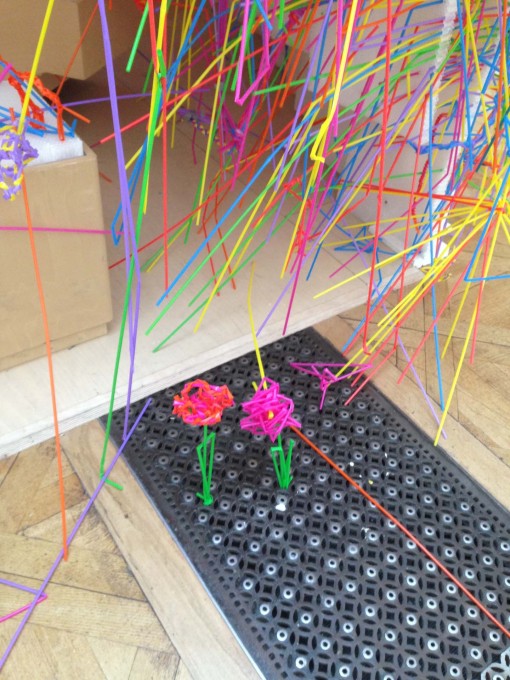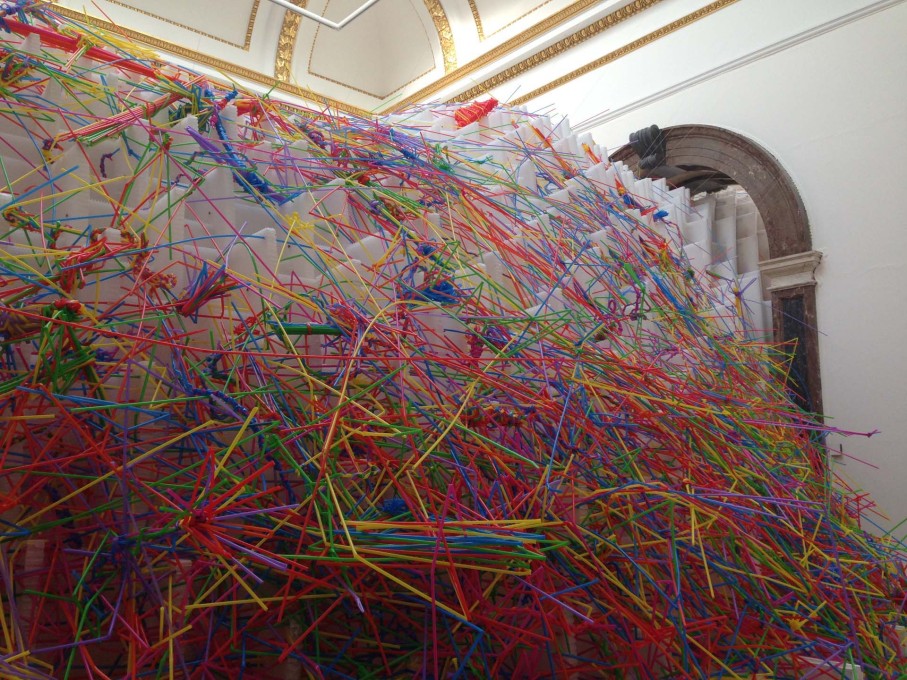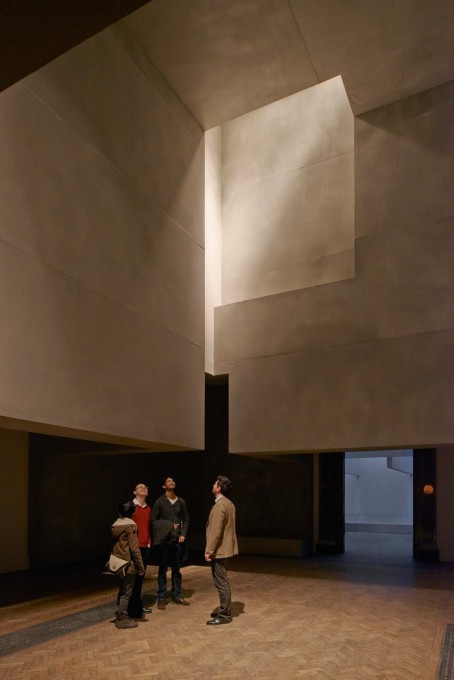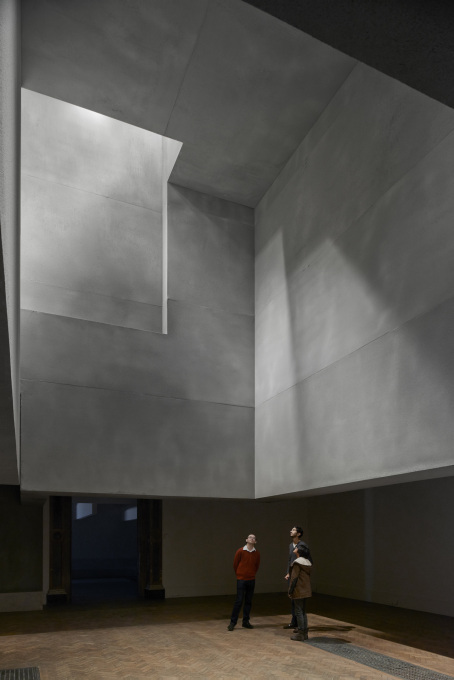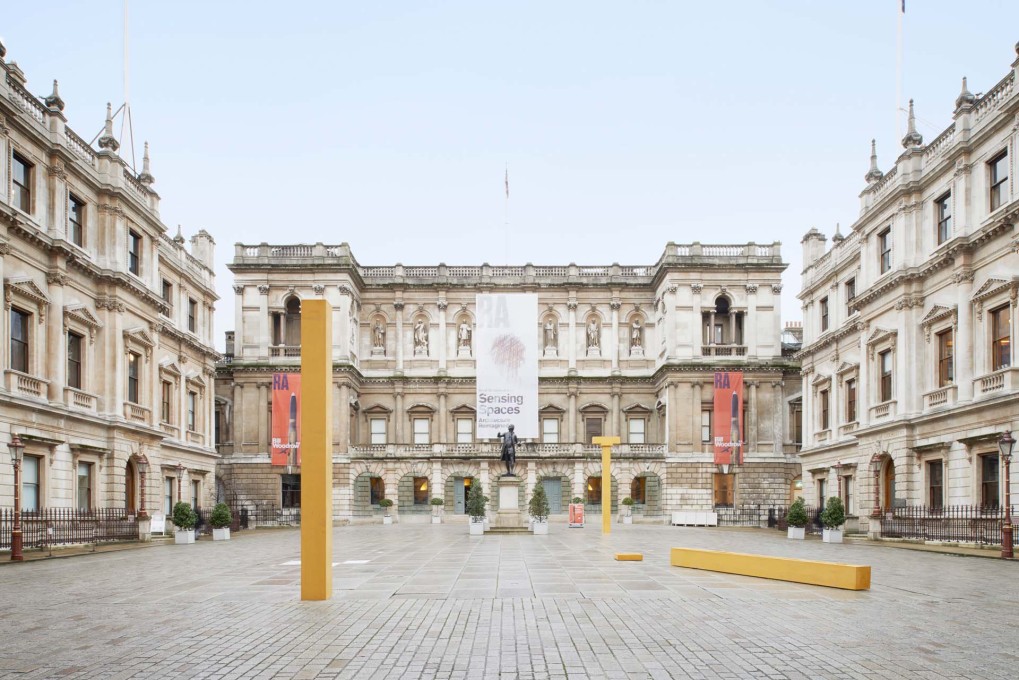It’s the eternal conundrum of the architecture exhibition: how to represent architecture in a gallery space? For the Sensing Spaces exhibition at the Royal Academy, curator Kate Goodwin invited seven international architectural practices to design installations to transform the galleries and experience of visitors. Jessica Bridger assesses the outcome.
Exhibiting architecture is a well-known problem. From biennales like Venice’s or Rotterdam’s, to shows like the recent Culture:City in Berlin or Afritecture in Munich, the task of representing something that – even at its most sculptural – resists being reduced to an object is a formidable one. Sensing Spaces at the Royal Academy in London is one more exhibition that takes up this challenge through emotive means. The exhibition elicits carefully considered reactions from visitors with room-scaled models. The setup here is simple: seven renowned architects from around the globe were invited to create evocative experiences in the galleries of the Royal Academy of Arts, to get at the sensory essence of space.
The show is about the force of architecture, the effective use of built elements to create feelings, reactions and responses. This is something that architecture does by virtue of its spatial qualities in the real world without question, but something that is almost impossible to transfer 1:1 into any gallery space. Representing existing works of architecture relies too often on simple 2D and 3D means, effectively sucking the life out of the buildings. We want to communicate and understand architecture by mounting exhibitions, but all too often the architecture is lost in the representation. At Sensing Spaces the elements of architecture’s power to create effect are used to express the essential qualities of the built environment, with both humour and beauty.
The smell of wood rises quickly into your nostrils upon entering the first installation by Chilean architects Pezo von Ellrichshausen. Architecture here is visceral, and a massive shape looms at the end of a large room littered with makeshift stools. The rough wooden forms of the informal seating are incongruous with the gilded-gold mouldings of the Royal Academy. The huge form seems dumb and hulking, four legs like toilet paper tubes and a top like a work table, but as one advances the mass changes from object to spatial situation as you realise that each leg contains a spiral stair. Climbing the steps one has no idea what to expect: the Trojan horse effect of the model creates some suspense. Rewarded with views and an appreciation of spiral stairs in multiple, the structure does not disappoint, and a handicapped ramp, cleverly and elegantly executed, completes the gesture.
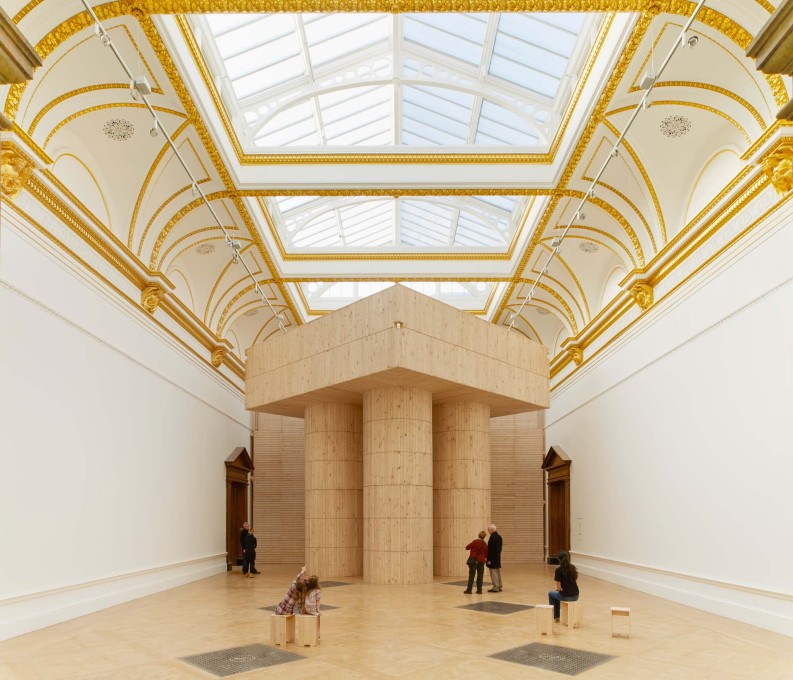
Other pieces feel more like mute commentary or art installations, such as those by Portugese architects Eduardo Souto de Moura and Álvaro Siza, or Japan’s Kengo Kuma, saying less about architecture and more about the conceit of forms in space. While not unsuccessful, viewers can simply pass with a “huh, ok” or “beautiful” in an easy trail of spatial consumption. Good for instagram but not as gratifying as the installations which exceed the object. Cold remove and intellectual gymnastics become aesthetic and not sensory exercises. The exhibition, already well-attended by the general public in London, welcomes non-architects and some of the gestures seem more like in-jokes to a profession long-mired in talking to itself than exercises in broad spatial commentary.
Yet the exhibition rewards beyond von Ellrichhausen’s Trojan horse: and mightily so. A maze of wood with a glowing floor by Chinese architect Li Xiaodong purifies the sensory, reducing the cues to hone perception of space. Again, the odour of wood is employed here, and the eerie white floor casts light that filters between the walls made of tree branches. The progression through this space then delivers you into a room of rocks and something reminds you of being outside, of the natural world though you are most assuredly, even doubly, indoors. Architecture has the power to transport, and Li demonstrates this with a poetic gesture which is easy to read.
If this exhibition were to be a contest, a comparison of the most successful strategies, Diébédo Francis Kéré wins. The architect from Burkina Faso and Germany executes an installation which is fun and engaging, and which ultimately delivers a weighty point about the practice of architecture in the current context. The walls for each installation deliver messages from the architects about architecture, and these are also available as tear-off bookmarks in a central room. Kere’s point is clear: “I believe it is important to engage people in the process of building so they have an investment in what is developed.” And this simple idea is made tangible through long, multicoloured, plastic drinking straws, which visitors are invited to use to commit acts of architectural intent. Watching people well into adulthood twist, braid and form straws, then placing the delicate tubes on the structure underlines the recent push for more participatory forms of building and shaping living environments. Like any truly great space, Kéré demonstrates that architecture’s greatest power is that of time, as buildings get better through use and lifespan. As the exhibition runs until early April, the urge to return and see what has developed is almost irresistible.
– Jessica Bridger is an urbanist, journalist and consultant based in Berlin. She is a contributing editor to uncube. www.jessicabridger.com
Sensing Spaces
Architecture Reimagined
until 6 April 2014
Royal Academy of Arts
Burlington House, Piccadilly
London W1J 0BD




